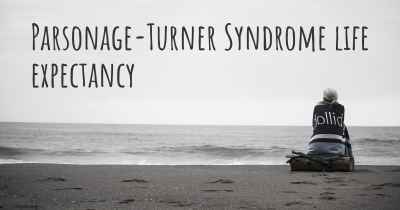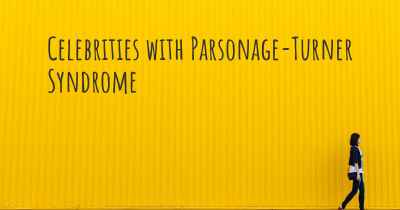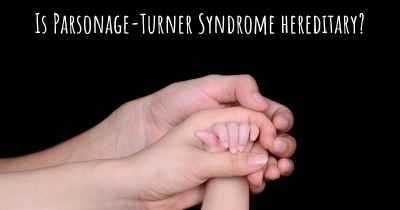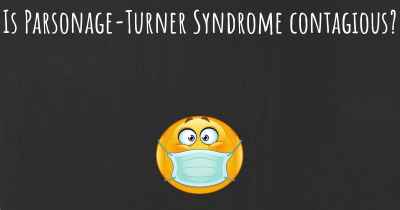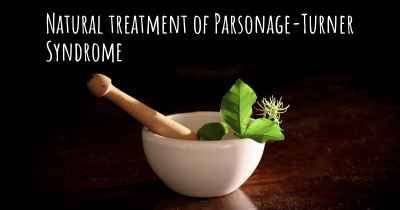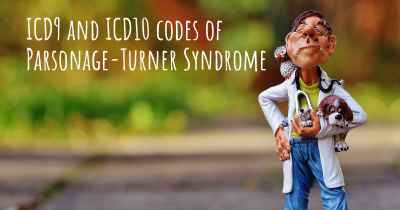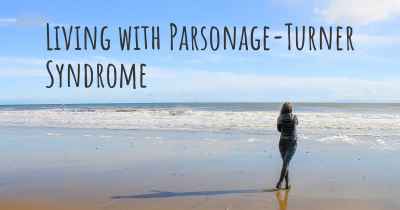Which are the symptoms of Parsonage-Turner Syndrome?
See the worst symptoms of affected by Parsonage-Turner Syndrome here
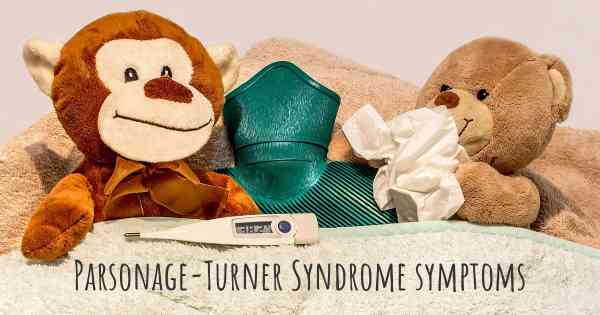
Parsonage-Turner Syndrome (PTS), also known as brachial neuritis or idiopathic brachial plexopathy, is a rare neurological disorder that affects the brachial plexus, a network of nerves that control movement and sensation in the shoulder, arm, and hand. This condition is characterized by the sudden onset of severe shoulder and arm pain, followed by weakness and muscle wasting.
The exact cause of Parsonage-Turner Syndrome is unknown, but it is believed to be an autoimmune response triggered by an infection, surgery, vaccination, or physical trauma. The immune system mistakenly attacks the brachial plexus, leading to inflammation and damage to the nerves.
The symptoms of Parsonage-Turner Syndrome can vary from person to person, but they typically include:
- Severe shoulder and arm pain: The pain is often described as burning, stabbing, or throbbing. It usually begins suddenly and can be excruciating. The pain may be localized to the shoulder or radiate down the arm.
- Weakness: Following the onset of pain, weakness in the affected shoulder, arm, or hand may develop. The degree of weakness can range from mild to severe.
- Muscle wasting: Over time, the muscles in the affected area may begin to shrink or waste away. This can lead to visible changes in the size and shape of the shoulder, arm, or hand.
- Tingling or numbness: Some individuals may experience tingling or numbness in the affected arm or hand. This sensation is often described as pins and needles or a loss of feeling.
- Difficulty with movement: As the condition progresses, individuals may have difficulty performing everyday tasks that require shoulder and arm movement, such as lifting objects, reaching overhead, or grasping items.
- Loss of reflexes: Reflexes in the affected arm may be diminished or absent. This can be detected during a physical examination by a healthcare professional.
It is important to note that the symptoms of Parsonage-Turner Syndrome typically occur on one side of the body, although in rare cases, both sides may be affected simultaneously or sequentially.
The duration and severity of symptoms can vary widely. In some cases, the pain and weakness may resolve within a few weeks or months, while in others, the symptoms may persist for several years. The recovery process can be unpredictable, with periods of improvement followed by relapses.
Diagnosing Parsonage-Turner Syndrome can be challenging because its symptoms can mimic other conditions, such as rotator cuff injuries, cervical radiculopathy, or peripheral nerve entrapment. A thorough medical history, physical examination, and diagnostic tests, including electromyography (EMG) and nerve conduction studies, are often necessary to rule out other potential causes and confirm the diagnosis.
Treatment for Parsonage-Turner Syndrome focuses on managing symptoms and promoting recovery. This may involve a combination of pain management techniques, physical therapy, occupational therapy, and assistive devices to support daily activities. In some cases, corticosteroid medications or immunosuppressive drugs may be prescribed to reduce inflammation and modulate the immune response.
While there is no cure for Parsonage-Turner Syndrome, many individuals experience significant improvement over time. Rehabilitation and recovery can be a slow and gradual process, requiring patience and perseverance. Support from healthcare professionals, family, and friends is crucial in managing the physical and emotional challenges associated with this condition.
In conclusion, Parsonage-Turner Syndrome is a rare neurological disorder characterized by sudden shoulder and arm pain, followed by weakness and muscle wasting. The symptoms can vary in duration and severity, and they typically occur on one side of the body. Diagnosis can be challenging, and treatment focuses on symptom management and promoting recovery. With appropriate care and support, individuals with Parsonage-Turner Syndrome can achieve improved function and quality of life.
Shoulder pain
Back pain
Muscle spasms
Cramping stiffness in arms
Sleeplessness due to pain
Posted Oct 8, 2017 by Lorene 900
Posted Apr 19, 2018 by Donna 2500
Posted Jul 23, 2018 by Chinchay 600
